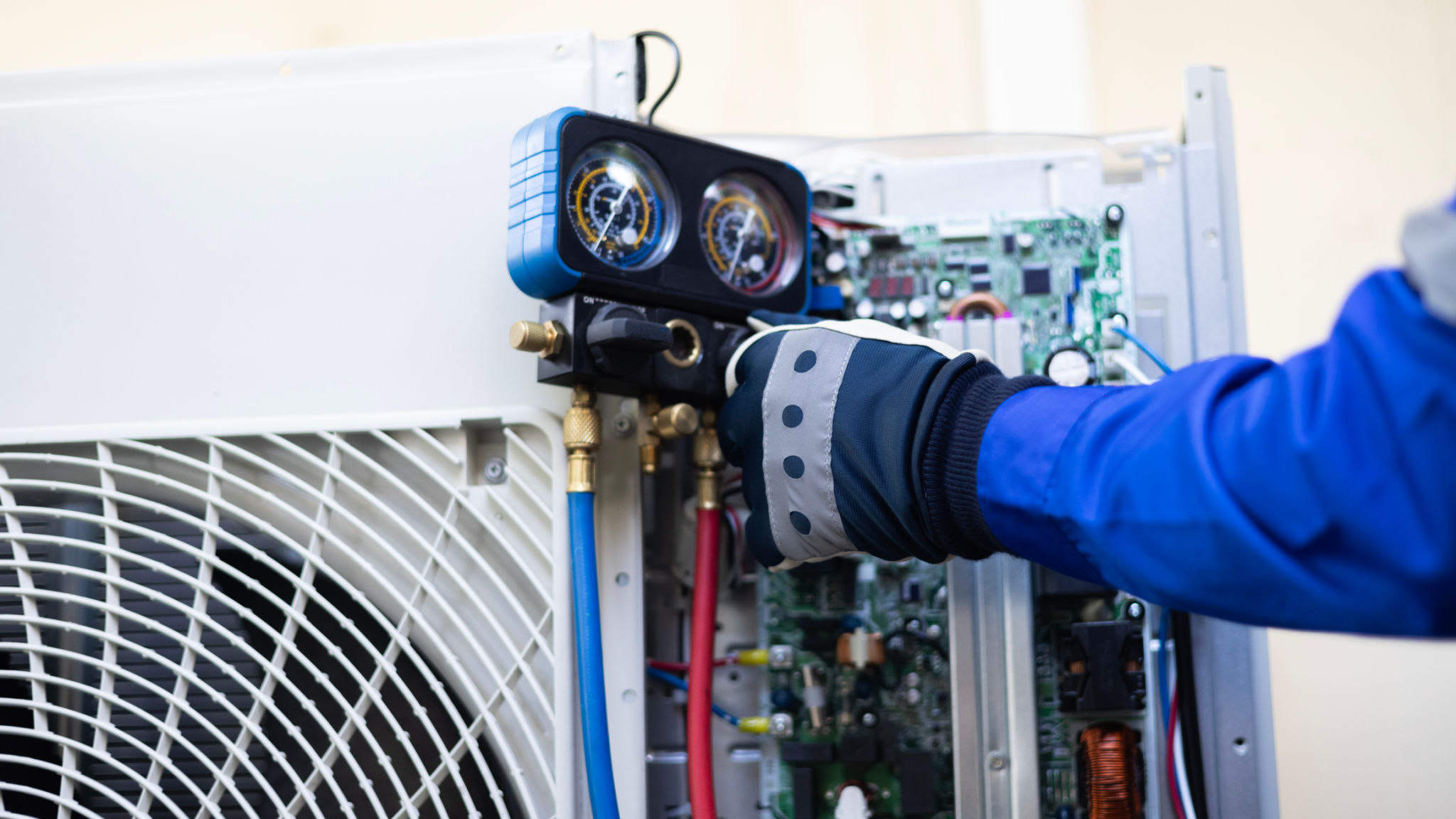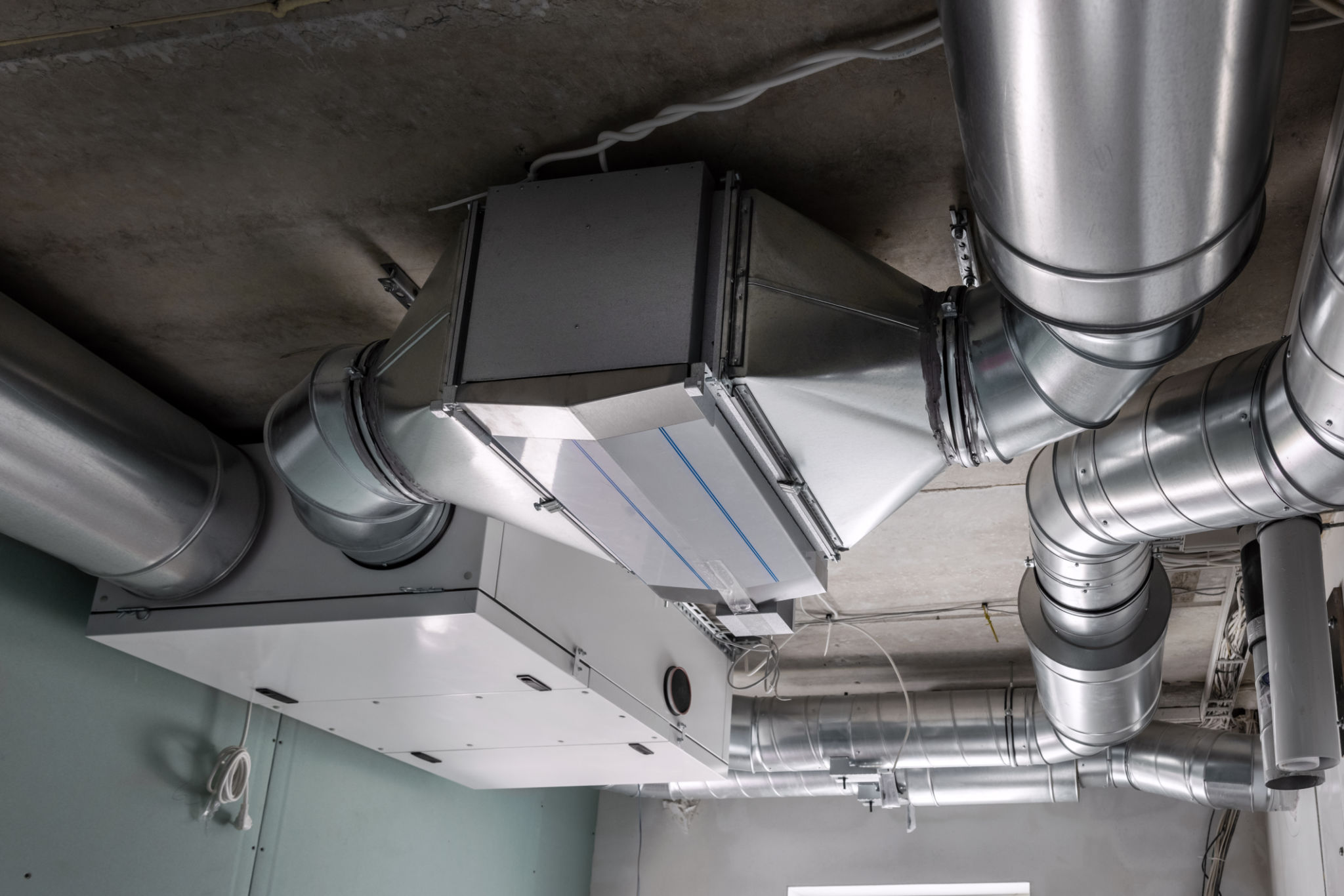Understanding the Latest Trends in Energy-Efficient Cooling Systems
Introduction to Energy-Efficient Cooling Systems
With the global focus on sustainability and reducing energy consumption, the demand for energy-efficient cooling systems has seen a significant rise. These systems not only help in reducing carbon footprints but also offer substantial cost savings on energy bills. Understanding the latest trends in this sector can help consumers make informed choices for their homes and businesses.
Energy-efficient cooling systems are designed to use less energy compared to traditional systems, while still providing the same level of comfort. This is achieved through advanced technologies and innovative design principles.

Smart Thermostats and Automation
One of the most significant advancements in energy-efficient cooling is the integration of smart thermostats and automation. Smart thermostats allow users to control their cooling systems remotely, optimizing energy use based on occupancy and preferences. They can learn your schedule over time and adjust settings automatically to ensure maximum efficiency.
Automation is another trend that is transforming how cooling systems operate. Automated systems can monitor environmental conditions and adjust cooling levels accordingly, ensuring optimal performance while minimizing energy consumption.

Use of Eco-Friendly Refrigerants
The shift towards environmentally friendly refrigerants is another crucial trend in cooling systems. Traditional refrigerants have been known to contribute significantly to greenhouse gas emissions. Newer systems now use eco-friendly refrigerants that have a lower impact on the environment while maintaining high-efficiency levels.
These refrigerants are not only better for the planet but also comply with international regulations aimed at reducing the carbon footprint of cooling systems worldwide.
Incorporation of Renewable Energy
The integration of renewable energy sources is increasingly becoming popular in energy-efficient cooling systems. Solar-powered air conditioners, for instance, harness solar energy to operate, significantly reducing reliance on non-renewable power sources. This not only cuts down on energy costs but also promotes the use of clean energy.

Many modern cooling systems are also designed to work in conjunction with other renewable sources like wind or geothermal energy, providing even more options for sustainable cooling solutions.
Advanced Heat Recovery Systems
Heat recovery systems are another trend gaining traction in the realm of energy-efficient cooling. These systems capture waste heat generated during the cooling process and repurpose it for other uses, such as heating water or warming spaces during cooler months.
By utilizing waste heat, these systems can significantly reduce overall energy consumption, making them an attractive option for both residential and commercial applications.

Conclusion: The Future of Cooling Systems
The advancements in energy-efficient cooling systems offer promising prospects for reducing both environmental impact and energy costs. As more innovations emerge and existing technologies improve, consumers will have more options than ever to choose sustainable and cost-effective cooling solutions.
Staying informed about these trends ensures that you are ready to take advantage of the latest technologies available, contributing to a greener future while enjoying comfortable living or working environments.